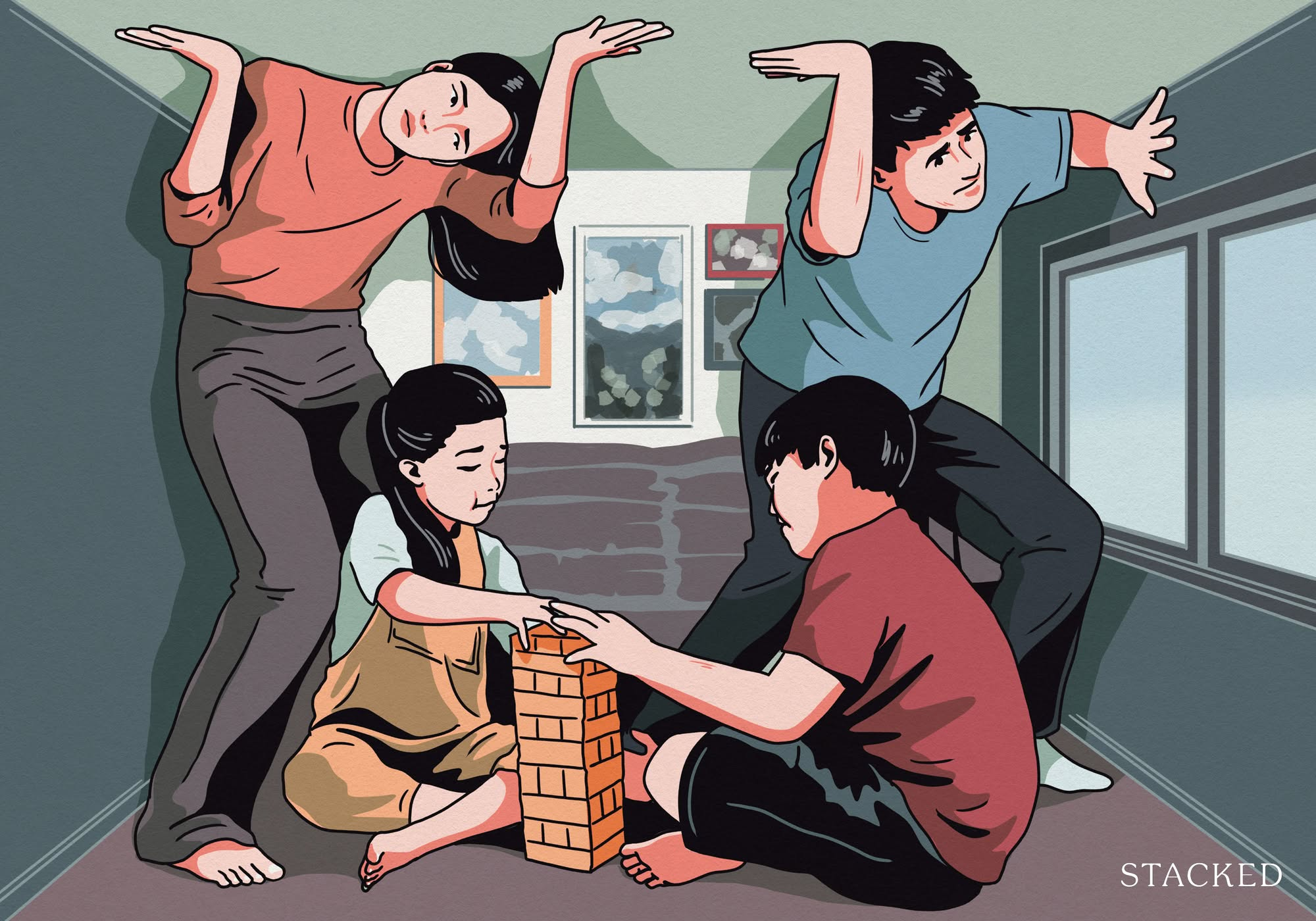Should You Buy An Old Tiong Bahru HDB In 2024? Here’s A Breakdown Of The Performance
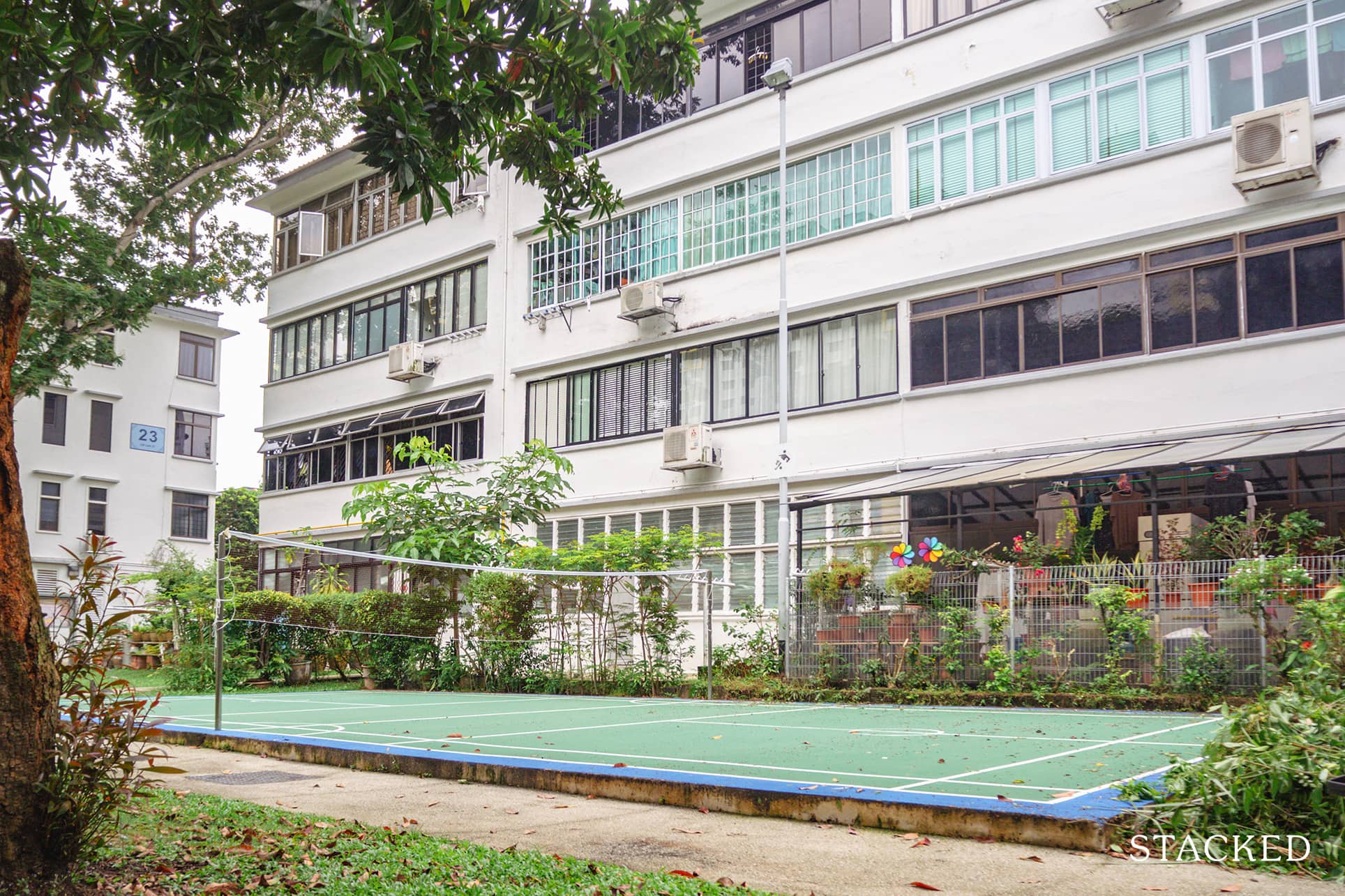
Get The Property Insights Serious Buyers Read First: Join 50,000+ readers who rely on our weekly breakdowns of Singapore’s property market.
A seasoned content strategist with over 17 years in the real estate and financial journalism sectors, Ryan has built a reputation for transforming complex industry jargon into accessible knowledge. With a track record of writing and editing for leading financial platforms and publications, Ryan's expertise has been recognised across various media outlets. His role as a former content editor for 99.co and a co-host for CNA 938's Open House programme underscores his commitment to providing valuable insights into the property market.
Tiong Bahru is unusual as far as HDB enclaves go. Some of the flats here are among the oldest in Singapore, and predate the HDB era; the housing board’s predecessor, SIT, is known for having built larger and less standardised units. Even the regular HDB flats in Tiong Bahru can be quite old, dating back to the earliest housing projects of the 1960s. And yet, Tiong Bahru is the iconic hipster neighbourhood: a high-rent area with a definite upper-income bent.
We know of many younger homeowners who desire to live in this unique neighbourhood, but are concerned by the age and high prices. Given this odd contrast of lease decay and high demand, can the old HDB flats of Tiong Bahru still be a suitable purchase? Here are the numbers to date:
Looking at 3-room flats in Tiong Bahru
As mentioned above, flats in Tiong Bahru are uncommon in terms of size; so bear in mind that when we say 3-room, it can refer to flats that go up to 947 sq.ft. By regular HDB standards, this is closer to a 4-room flat (which would be between 960 to just over 1,000 sq.ft.)
These are price trends over the past 10 years, first using price psf, and then overall quantum:
Do note that the strong returns between 2021 to 2024 is due to the post-Covid housing supply crunch, whilst the weak returns from 2013 to 2020 was due to several years of decline after the introduction of the Mortgage Servicing Ratio, and HDB ceasing publication of Cash Over Valuation data.
| Year | 3 Room $PSF | 3 Room Total Price |
| 2013 | $712 | $643,030 |
| 2014 | $687 | $622,643 |
| 2015 | $697 | $632,769 |
| 2016 | $709 | $633,500 |
| 2017 | $689 | $617,571 |
| 2018 | $646 | $592,222 |
| 2019 | $674 | $622,657 |
| 2020 | $639 | $582,357 |
| 2021 | $709 | $632,631 |
| 2022 | $732 | $654,909 |
| 2023 | $784 | $699,624 |
| 2024 | $812 | $737,324 |
| ROI (13 – 20) | -1.5% | -1.4% |
| ROI (21 – 24) | 4.6% | 5.2% |
| ROI (13 – 24) | 1.2% | 1.3% |
Returns of 1.2 and 1.3 per cent are far from impressive; you’d get twice as much from just CPF OA interest. However, it does drive home the point that in Tiong Bahru, even 50+ year old flats still see some appreciation.
Just for the sake of comparison, let’s look at the appreciation rates for flats in neighbouring Bukit Merah. For this estate, the flats have leases that date back to the ‘70s; not quite as dated as Tiong Bahru, but still quite old:
| Year | 3 ROOM | 4 ROOM | 5 ROOM |
| 2013 | $562 | $565 | $579 |
| 2014 | $536 | $532 | $557 |
| 2015 | $509 | $523 | $539 |
| 2016 | $484 | $535 | $539 |
| 2017 | $482 | $522 | $501 |
| 2018 | $452 | $462 | $508 |
| 2019 | $428 | $461 | $498 |
| 2020 | $433 | $456 | $483 |
| 2021 | $467 | $486 | $476 |
| 2022 | $515 | $523 | $578 |
| 2023 | $524 | $549 | $608 |
| 2024 | $541 | $561 | $630 |
| ROI (13 – 20) | -3.7% | -3.0% | -2.5% |
| ROI (21 – 24) | 5.0% | 4.9% | 9.8% |
| ROI (13 – 24) | -0.3% | -0.1% | 0.8% |
Over the same 10-year period, 3-room and 4-room flats here saw declining prices due to age. Only the 5-room flats saw a positive return, of less than a single percentage point. So it’s fair to say that demand in Tiong Bahru, whether due to its larger flats, hipster amenities, or proximity to Tanjong Pagar, makes the flats more resistant to lease decay.
Next, we made a comparison against all HDB towns in general:
| Year | 3 ROOM | 4 ROOM | 5 ROOM |
| 2013 | $523 | $528 | $534 |
| 2014 | $491 | $497 | $535 |
| 2015 | $468 | $476 | $516 |
| 2016 | $458 | $476 | $528 |
| 2017 | $438 | $469 | $513 |
| 2018 | $418 | $450 | $509 |
| 2019 | $402 | $418 | $478 |
| 2020 | $406 | $424 | $445 |
| 2021 | $450 | $463 | $514 |
| 2022 | $492 | $503 | $552 |
| 2023 | $512 | $520 | $566 |
| 2024 | $532 | $550 | $597 |
| ROI (13 – 20) | -3.6% | -3.1% | -2.5% |
| ROI (21 – 24) | 5.7% | 5.9% | 5.1% |
| ROI (13 – 24) | 0.2% | 0.4% | 1.0% |
More from Stacked
Should You Buy ELTA? A Pricing Review Against Clavon, Clement Canopy And Other New Launches
Welcome to our pricing review of ELTA, the newest (and final) Government Land Sales (GLS) site along Clementi Avenue 1.…
There is positive appreciation across the board, but it’s not particularly significant – the best is a one per cent return. So again, Tiong Bahru does pull ahead of the pack.
What if we were to compare the returns of newer flats, to old Tiong Bahru properties?
For this comparison, we looked again at flats in Bukit Merah. This time we will look at flats with leases dating back from 1990 to 1999.
| Year | 3 ROOM | 4 ROOM | 5 ROOM |
| 2013 | No Data | $568 | $581 |
| 2014 | No Data | $559 | $579 |
| 2015 | No Data | $533 | $589 |
| 2016 | No Data | $554 | $552 |
| 2017 | No Data | $554 | $562 |
| 2018 | No Data | $565 | $594 |
| 2019 | No Data | $574 | $582 |
| 2020 | No Data | $551 | $565 |
| 2021 | No Data | $599 | $595 |
| 2022 | $483 | $629 | $653 |
| 2023 | $552 | $658 | $687 |
| 2024 | No Data | $713 | $734 |
| ROI (13 – 20) | No Data | -0.4% | -0.4% |
| ROI (21 – 24) | No Data | 6.0% | 7.3% |
| ROI (13 – 24) | No Data | 2.1% | 2.1% |
Newer flats have a higher rate of appreciation, particularly 4 and 5-room flats. To some degree this is unsurprising, given the financing issues faced by buyers of older flats. Banks may lower lending limits once there’s 60 years or less on the lease, for example, and CPF usage is more limited if the lease doesn’t last till the youngest buyer is 95.
The overall conclusion is that – whilst Tiong Bahru flats do defy ageing better than other HDB counterparts – it’s not to the extent we can ignore lease decay. So whilst the location and amenities may be excellent, young buyers should have clear exit plans; plans which don’t assume significant resale value from liquidating the flat.
There’s also the added risk that gentrification comes and goes. As quickly as the hipster cafes and boutiques moved in, they can also move out to another, trendier hotspot; and this might bring a steep drop in demand. There’s no crystal ball with which we can predict this.
What about using the flats as rental assets?
If you’re lucky enough to have a Tiong Bahru flat to rent out, then you would have had a windfall from the gentrification of the area:
| Year | Post-War SIT Flat Median Rent | Bukit Merah Median Rent (Q1 Of Each Year) |
| 2013 | $2,550 | $2,200 |
| 2014 | $2,700 | $2,210 |
| 2015 | $2,800 | $2,200 |
| 2016 | $2,600 | $2,100 |
| 2017 | $2,650 | $2,000 |
| 2018 | $2,700 | $1,900 |
| 2019 | $2,600 | $1,900 |
| 2020 | $2,700 | $1,900 |
| 2021 | $2,525 | $2,000 |
| 2022 | $3,100 | $2,100 |
| 2023 | $4,200 | $2,800 |
| 2024 | $4,100 | $2,800 |
| Change in Rent (2013 – 2024) | 60.8% | 27.3% |
| Change in Rent (2021 – 2024) | 62% | 40% |
Rents in Tiong Bahru are up by 60 per cent over the past three years, compared to 40 per cent in neighbouring Bukit Merah. This is a little unsurprising given the demand, and that – as long as the flat is well maintained – tenants may not pay significantly less just because it’s older.
But if you really want to live in Tiong Bahru, does it make sense to buy there instead of renting?
Let’s say the flat is 51 years old, and has 48 years remaining:
| Price in 2024 | $737,324 |
| Lease remaining | 48 |
| Price per lease remaining | $15,361 |
| Monthly “rent” | $1,280 |
By buying instead of renting, you’re paying $1,280 per month to live in Tiong Bahru. This is about a third (31 per cent) lower than the rental rates common to Tiong Bahru right now; but it comes with the baggage of a down payment, renovations, property taxes, etc., which either evens out the “savings” or still makes things more expensive overall.
What if we compare it to a newer and more expensive flat, such as one that’s around 14 years old (85 years left on the lease)
| Price | $737,324 |
| Lease remaining | 85 |
| Price per lease remaining | $8,674 |
| Monthly “rent” | $723 |
Compared to this newer flat, you’d be paying around 77 per cent more to rent in Tiong Bahru, with the older unit. This comes to a rather substantial saving.
Overall, we can conclude that buying in Tiong Bahru is still somewhat reasonable if (1) you intend to live there for a long time, possibly to the very end, and (2) $1,280 a month, for around 49 years, falls within your range of affordability (roughly speaking, this shouldn’t exceed 30 per cent of your monthly income if you want to be very safe).
If you’re more investment-focused though, such as having your heart set on upgrading after MOP, or funding your retirement with the sale of your flat, then an old Tiong Bahru flat may not be your best bet.
For more on the Singapore property market, and reviews of new and resale homes (including some near Tiong Bahru), follow us on Stacked. If you’d like to get in touch for a more in-depth consultation, you can do so here.
Ryan J. Ong
A seasoned content strategist with over 17 years in the real estate and financial journalism sectors, Ryan has built a reputation for transforming complex industry jargon into accessible knowledge. With a track record of writing and editing for leading financial platforms and publications, Ryan's expertise has been recognised across various media outlets. His role as a former content editor for 99.co and a co-host for CNA 938's Open House programme underscores his commitment to providing valuable insights into the property market.Read next from Property Investment Insights
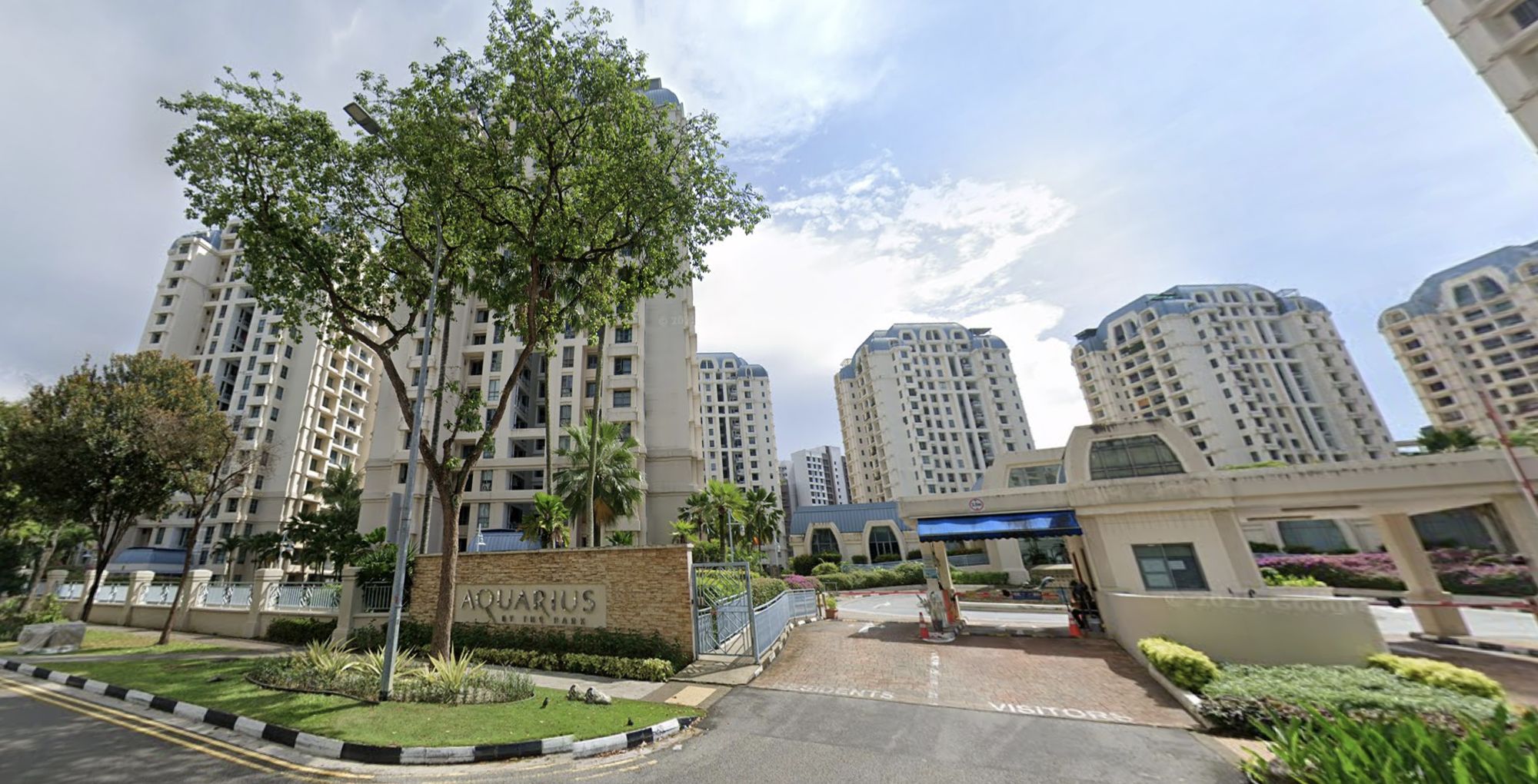
Property Investment Insights How A Once “Ulu” Condo Launched In 1997 Became A Top Performer
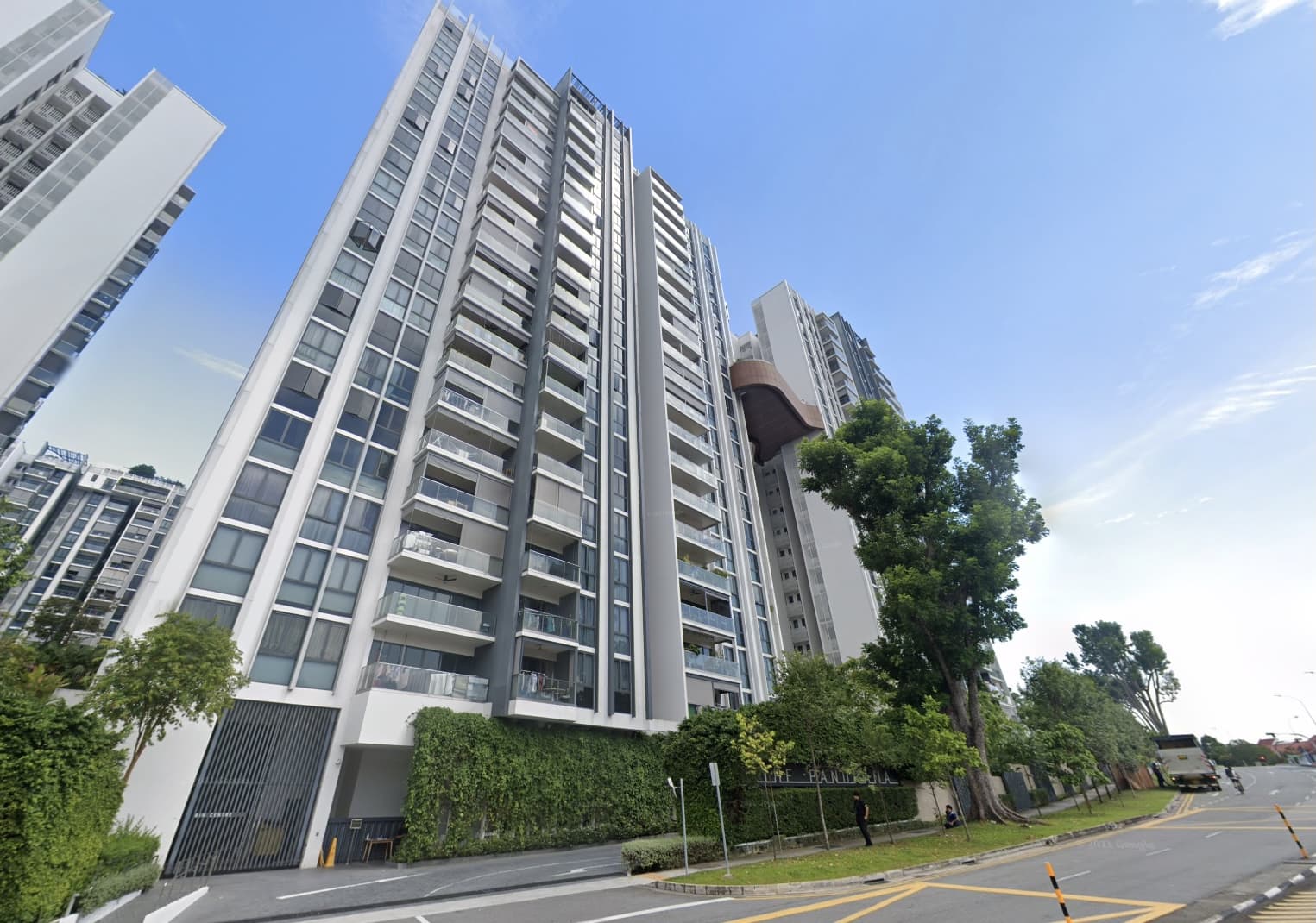
Property Investment Insights This 698-Unit Ang Mo Kio Condo Launched At The Wrong Time — And Still Outperformed Peers
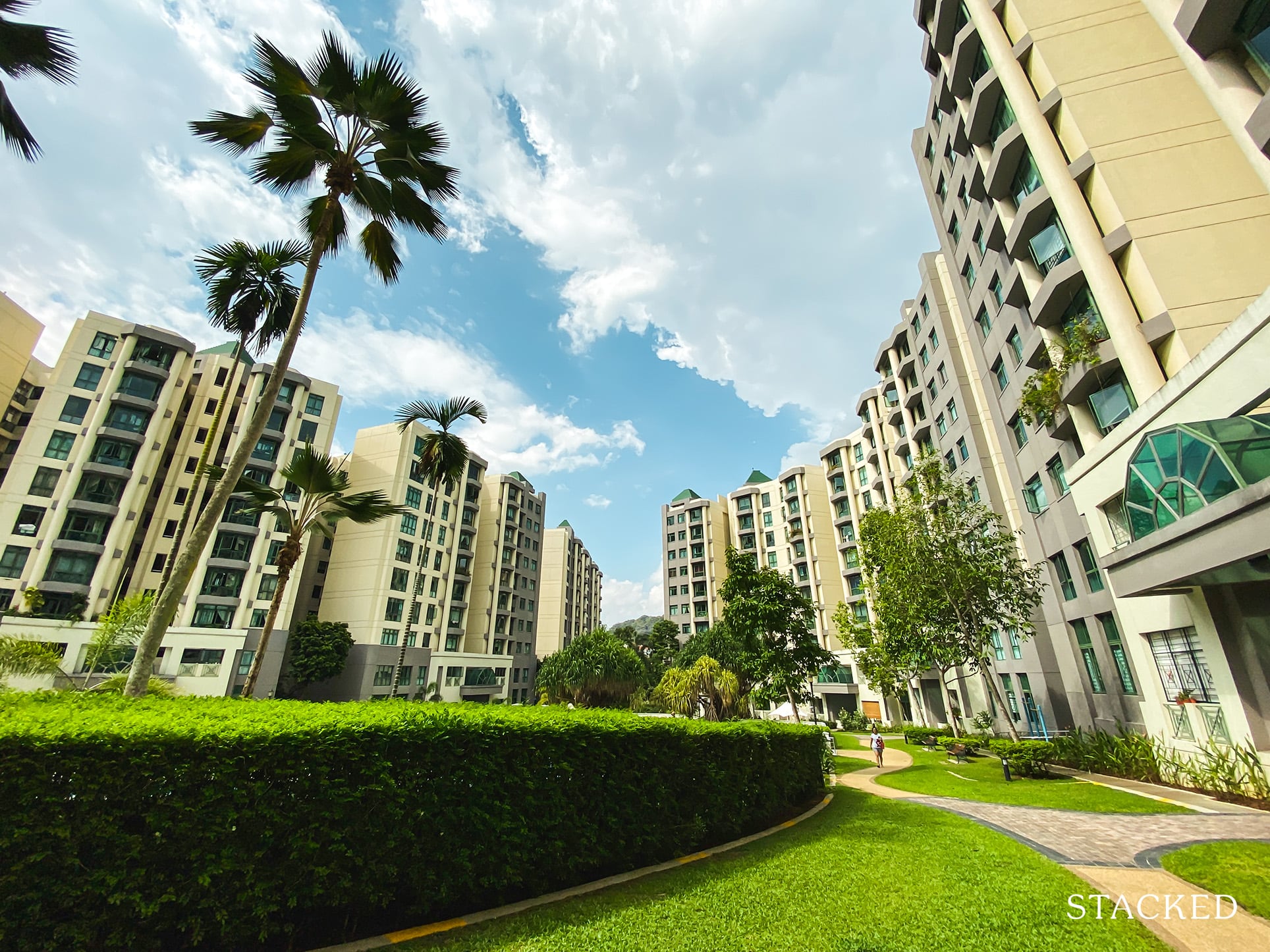
Property Investment Insights These Resale Condos In Singapore Were The Top Performers In 2025 — And Not All Were Obvious Winners

Property Investment Insights How A 944-Unit Mega-Condo In Pasir Ris Ended Up Beating The Market
Latest Posts
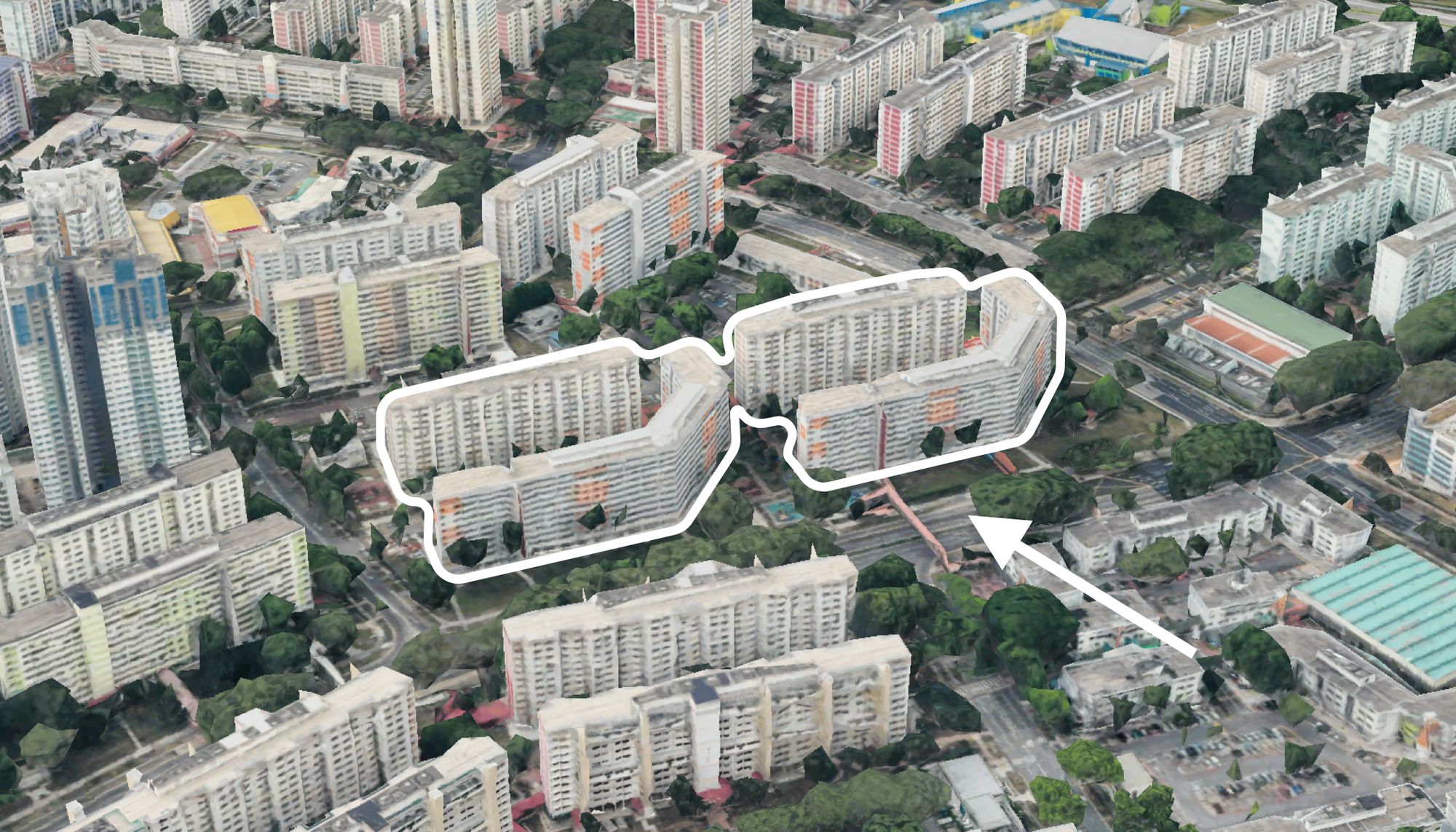
On The Market Here Are The Cheapest 4-Room HDB Flats in Central Singapore You Can Still Buy From $490K
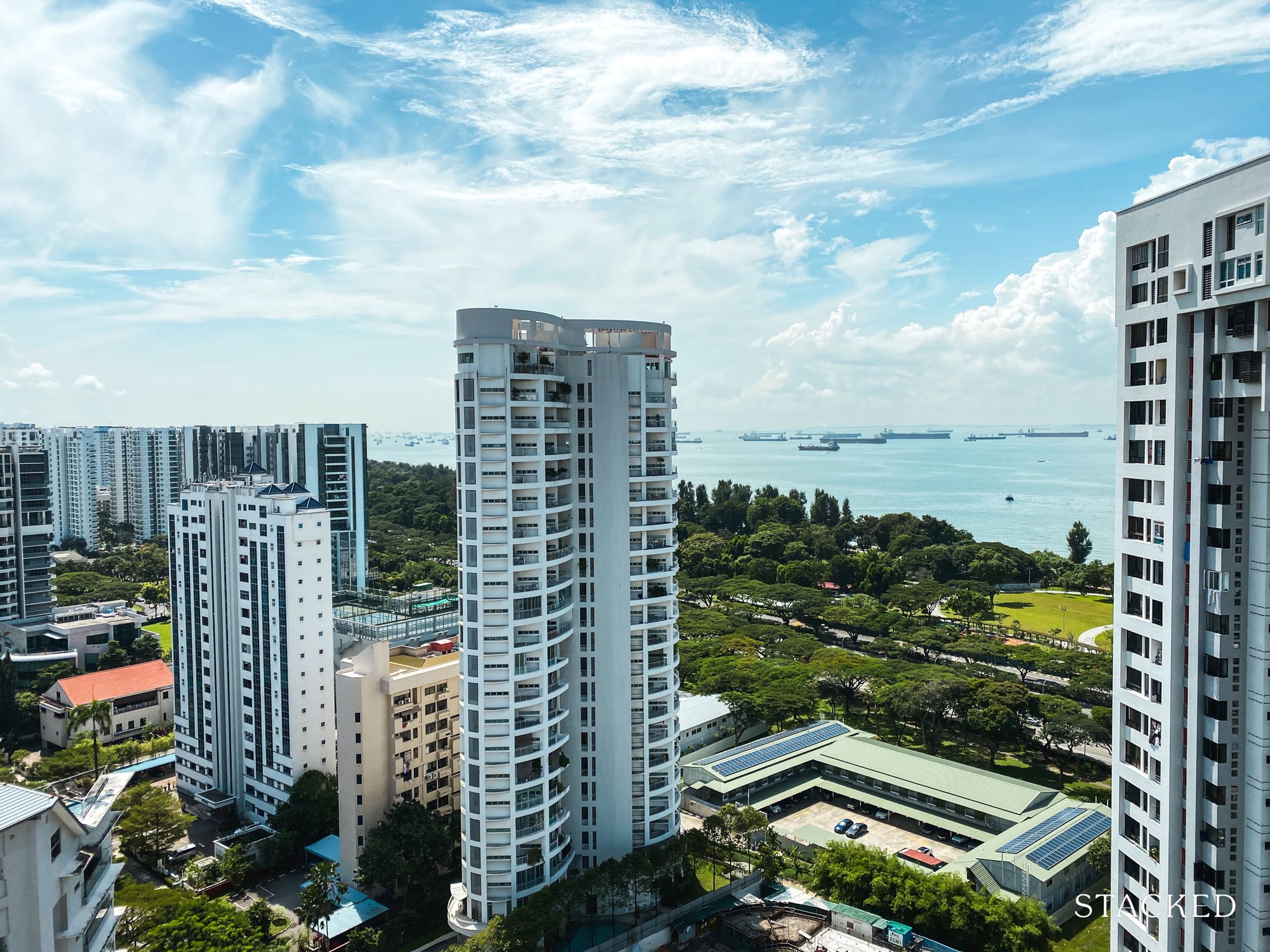
Editor's Pick Should We Buy An Old 99-Year Leasehold Condo To Live In: Will It’s Value Fall When The Lease Runs Out?
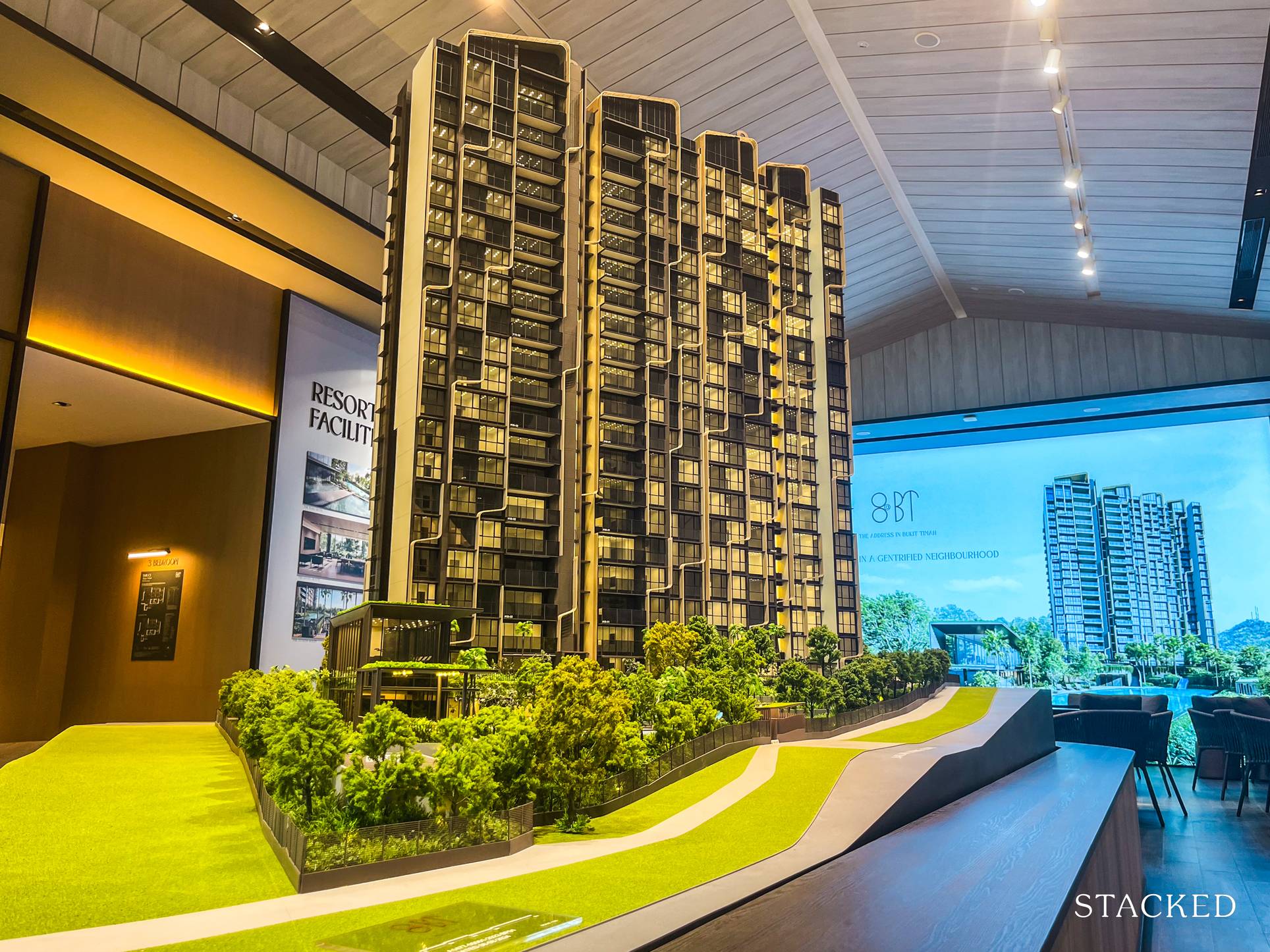
Editor's Pick I Reviewed A New Launch 4-Bedroom Penthouse At Beauty World
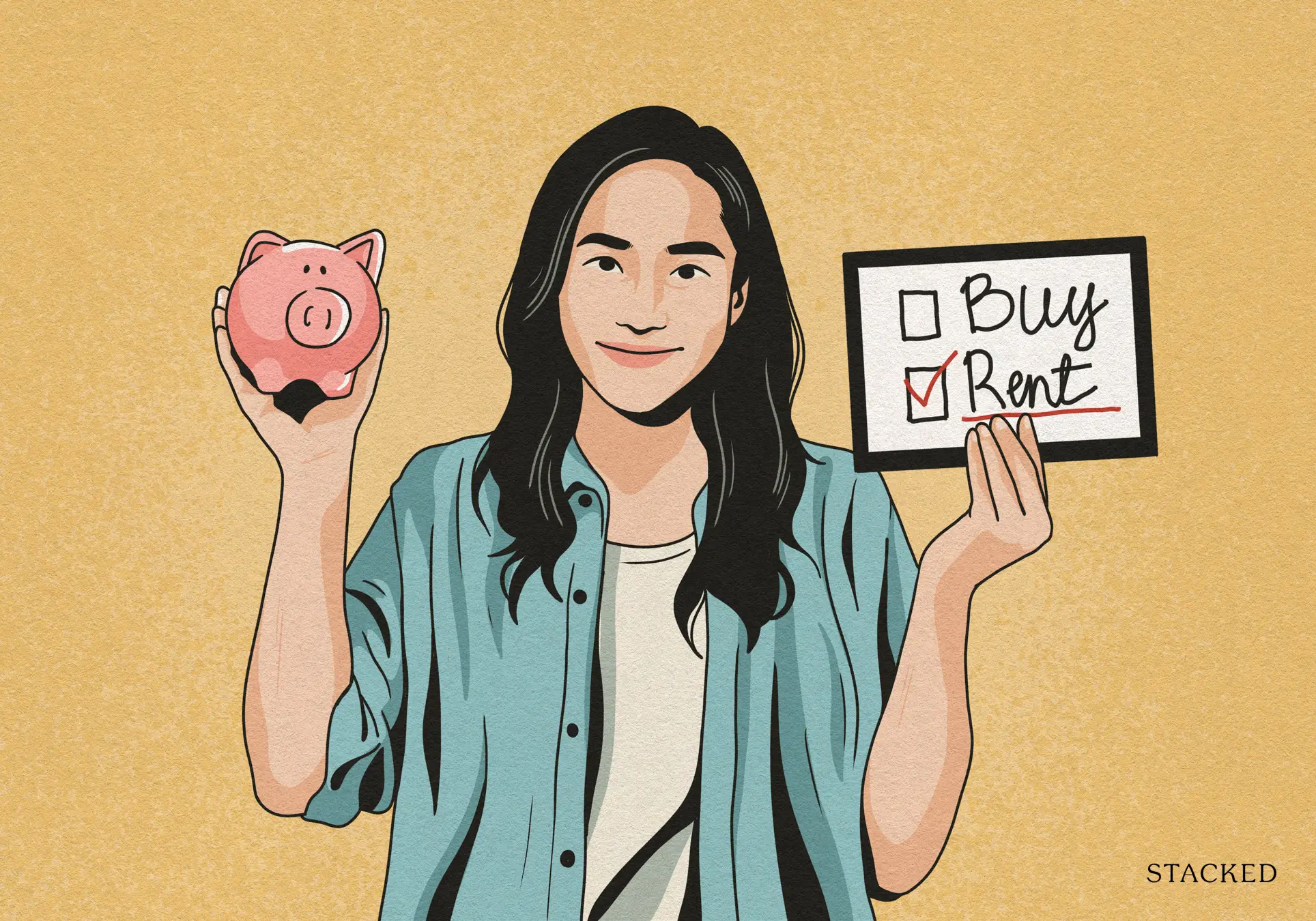
Property Market Commentary When Renting In Singapore Is The Smarter Move — And Buying Can Wait
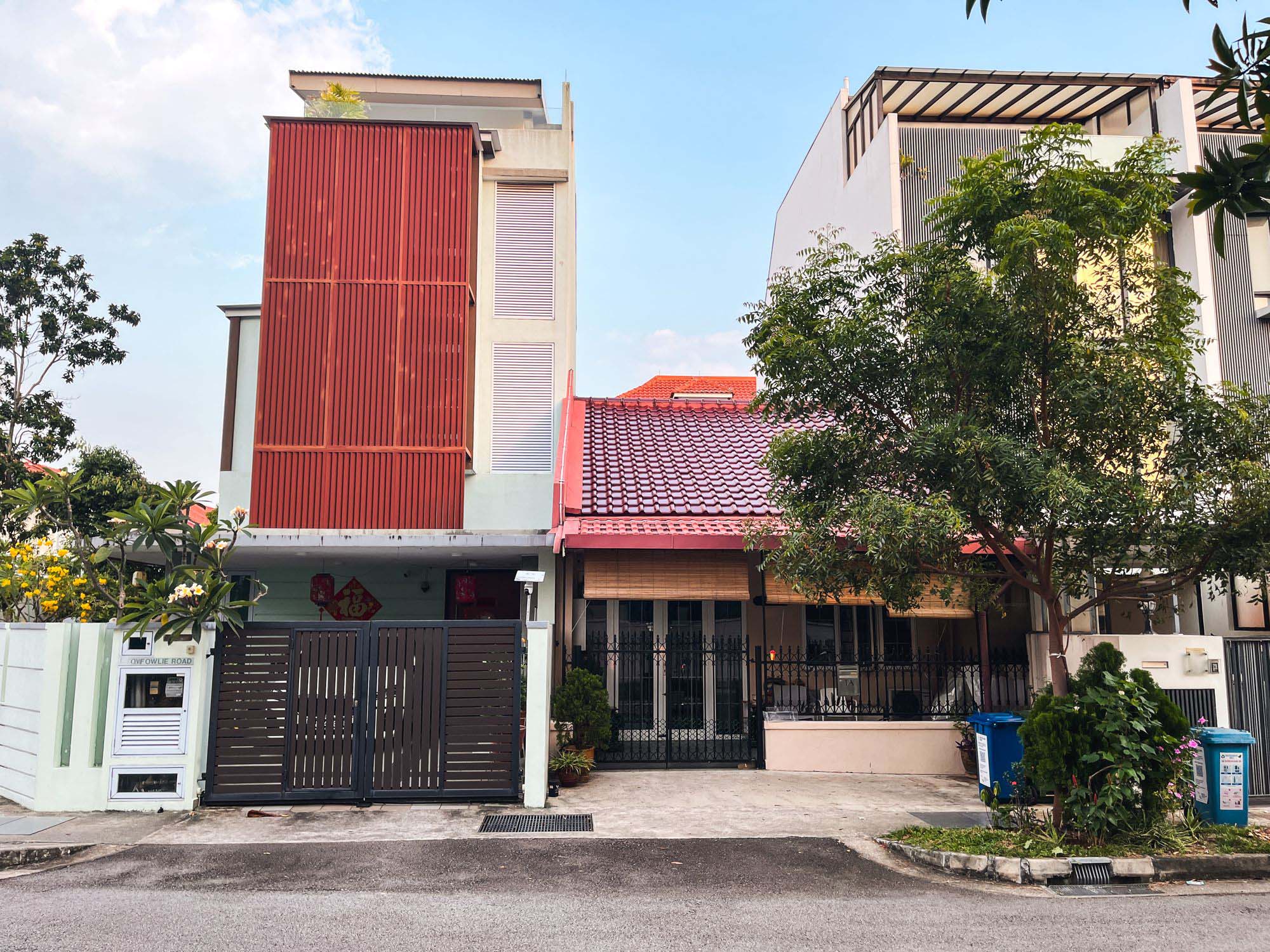
Editor's Pick Why Singaporean Families Are Looking At This Landed Enclave From Around $4M
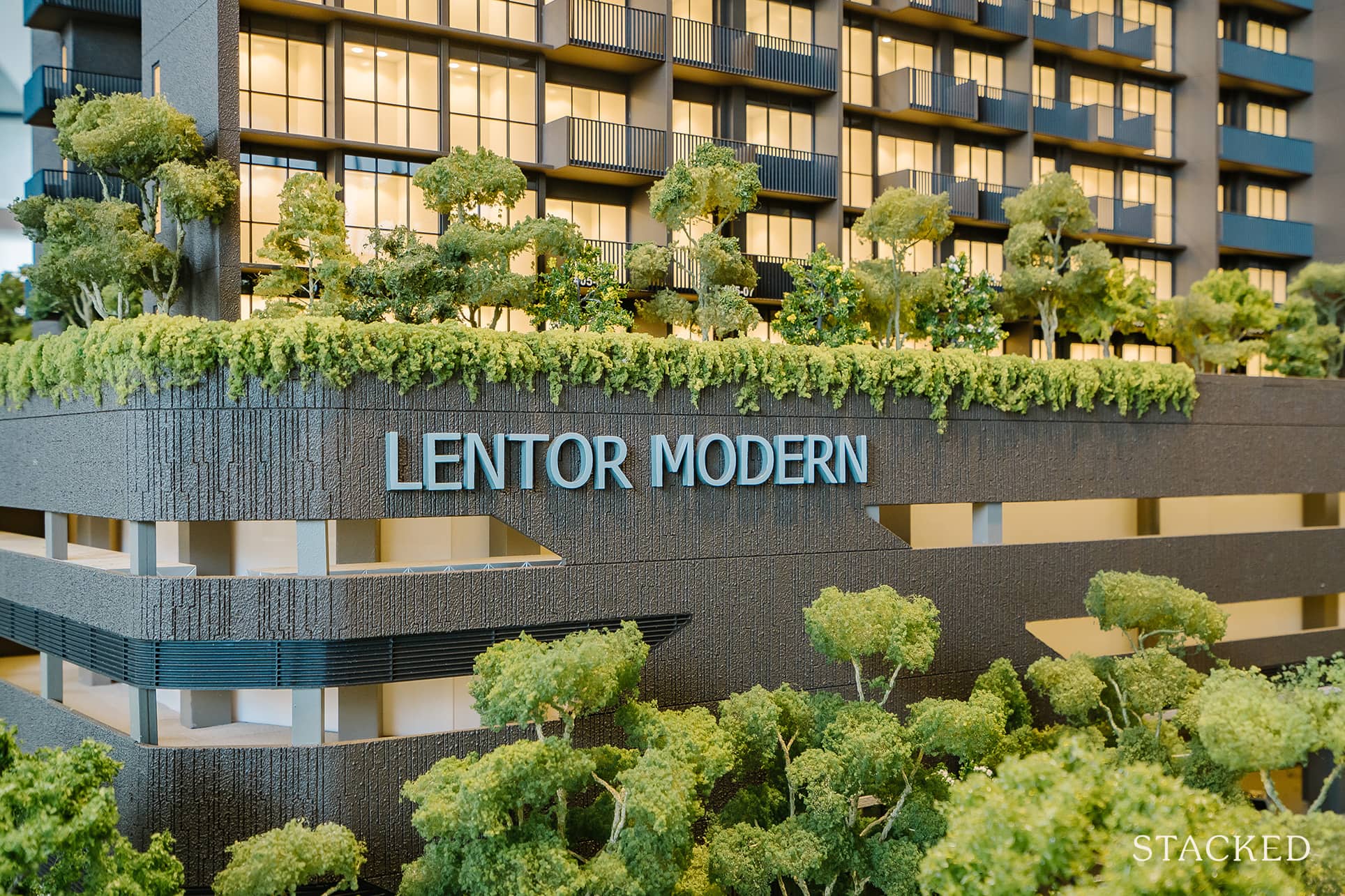
Singapore Property News Lentor’s First Condo Is Complete — The Early Profits May Surprise You
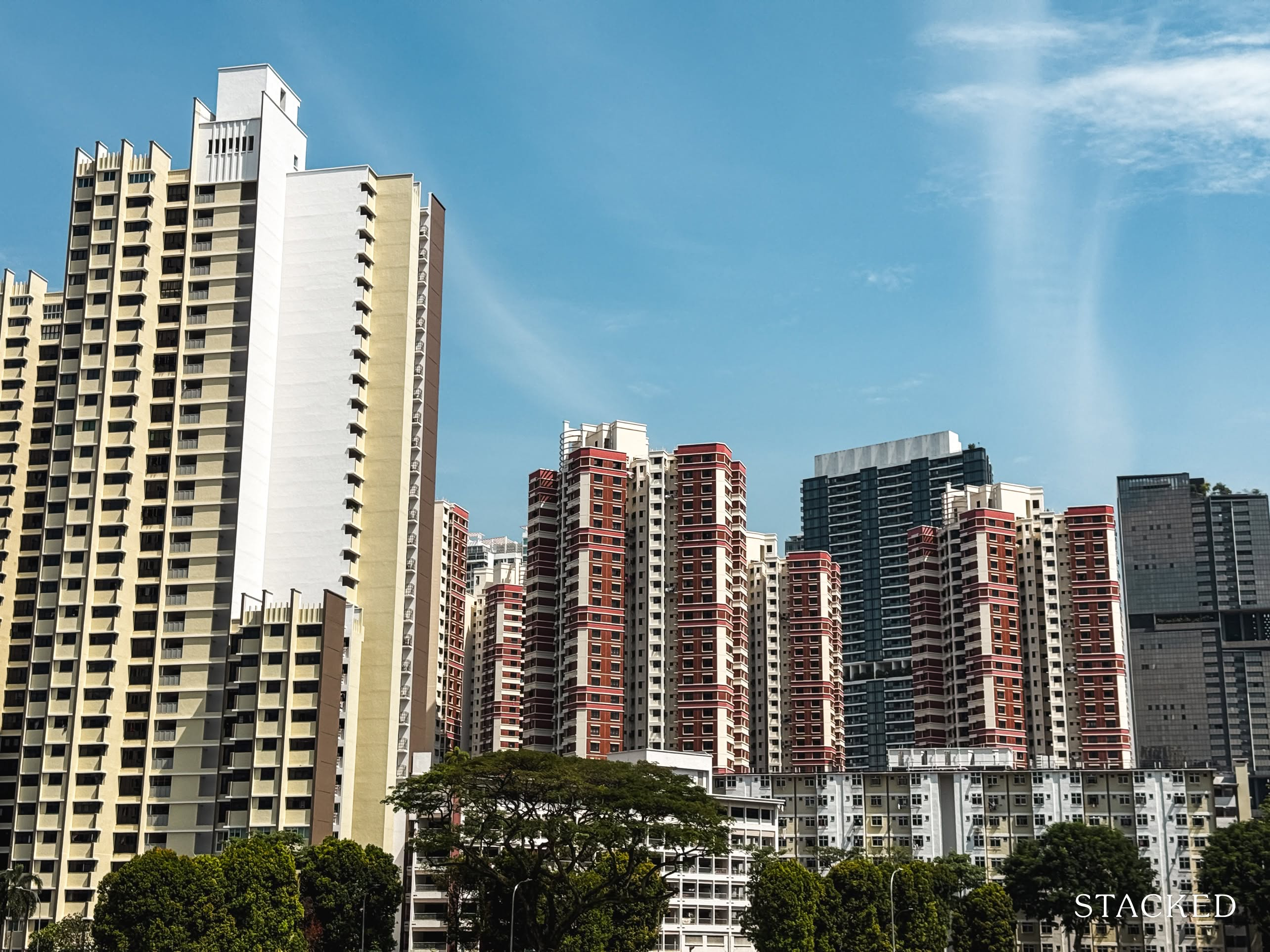
Editor's Pick A Wave Of New HDB Resale Supply Is Coming In 2026: Here’s Where To Find Them
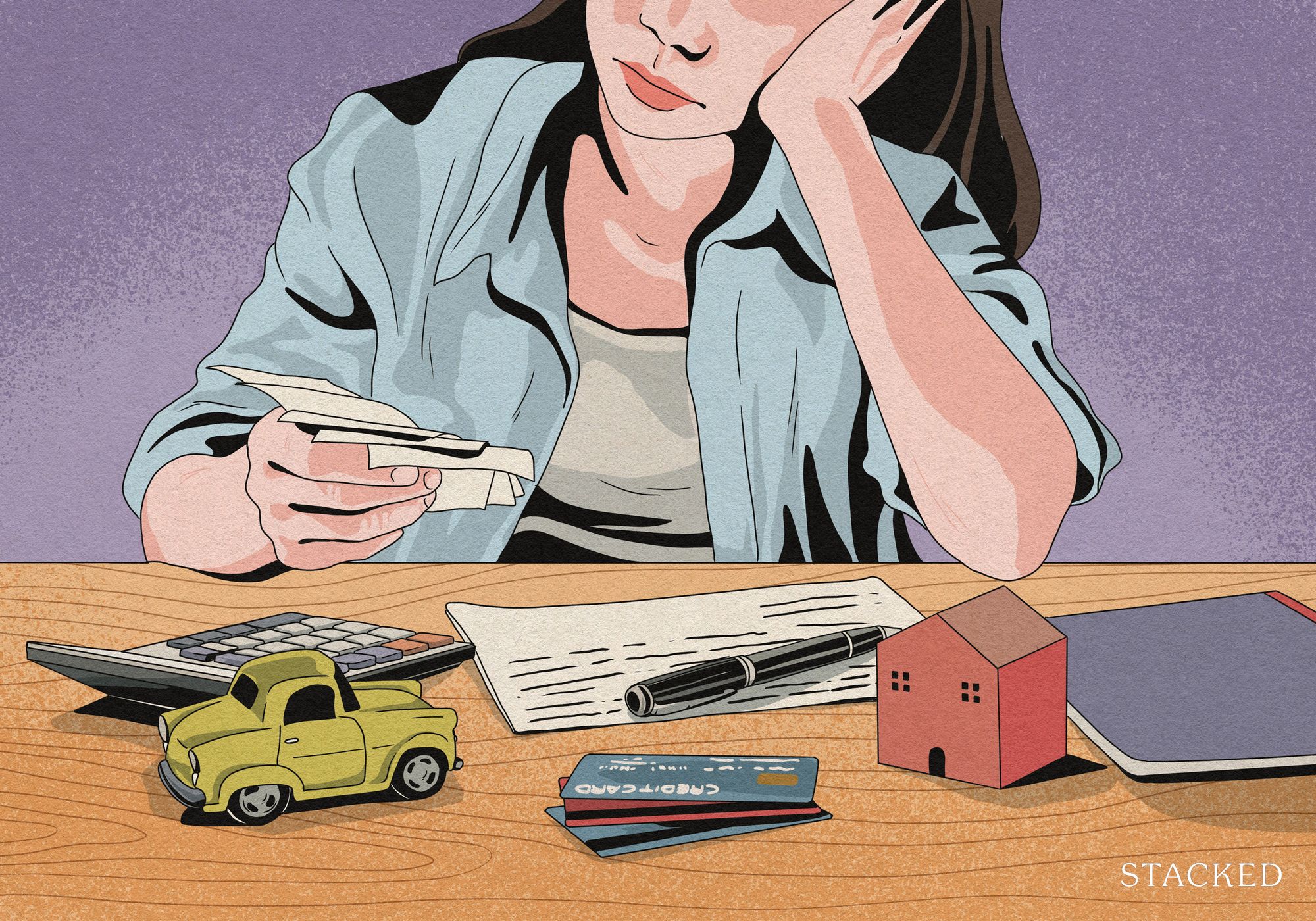
Property Advice We Own A $800K 1-Bedder And A $1.1M 3-Bedder: Is It Possible To Upgrade To A 4-Bedder Condo?
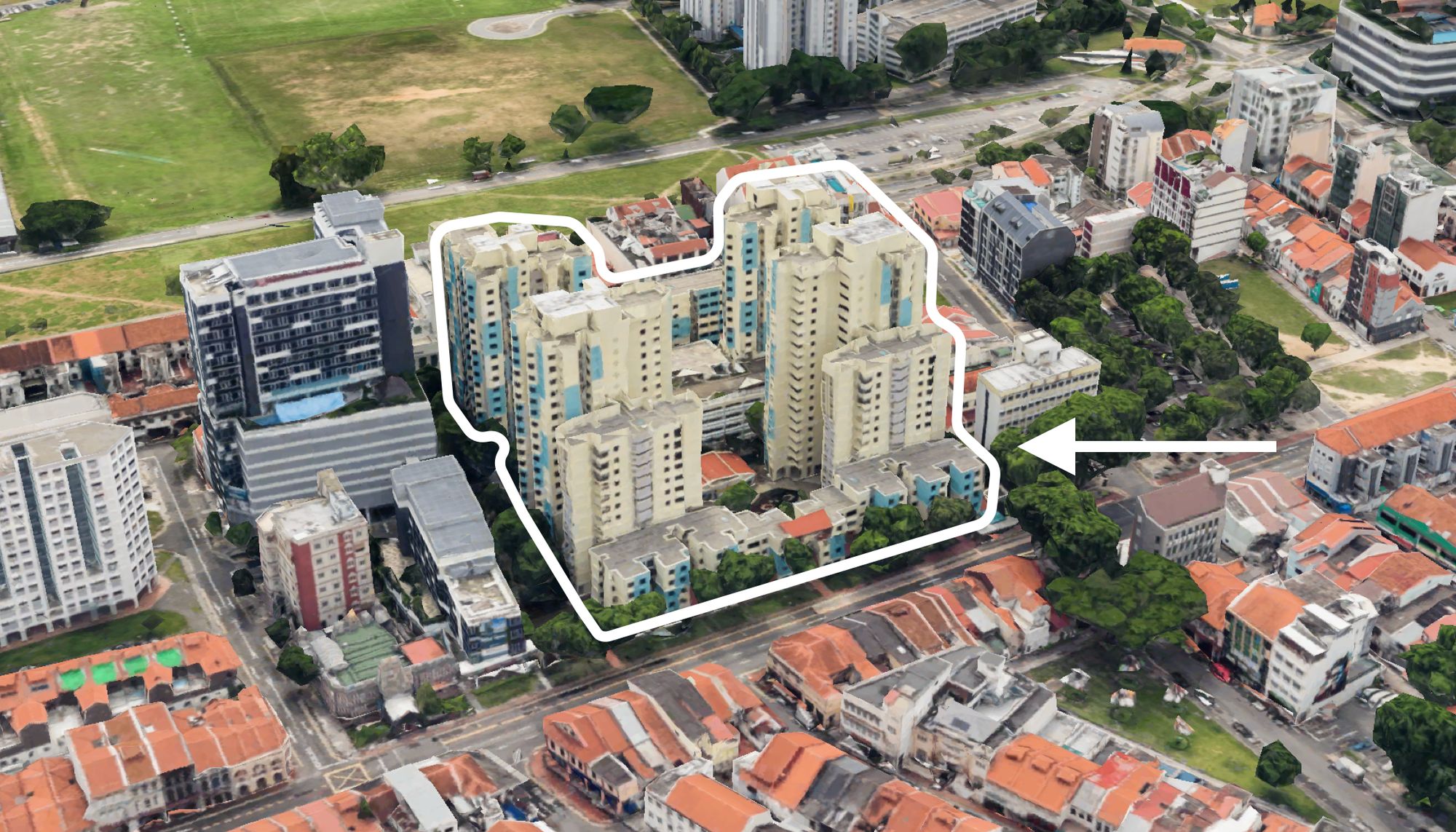
On The Market These Are Some Of The Cheapest 5-Room HDB Flats Left In Central Singapore
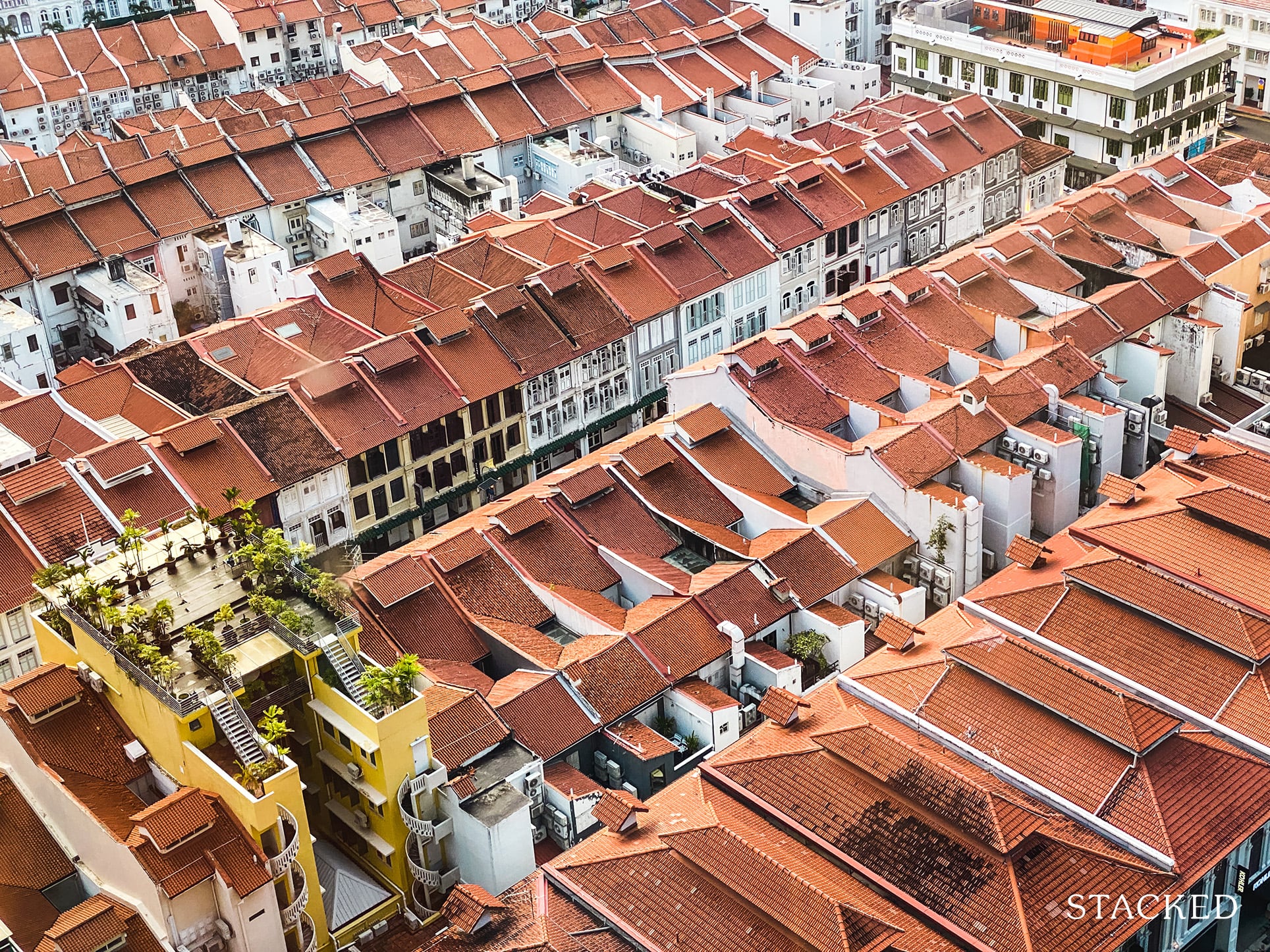
Singapore Property News $281.2M in Singapore Shophouse Deals in 2H2025 — But That Number Doesn’t Tell the Full Story
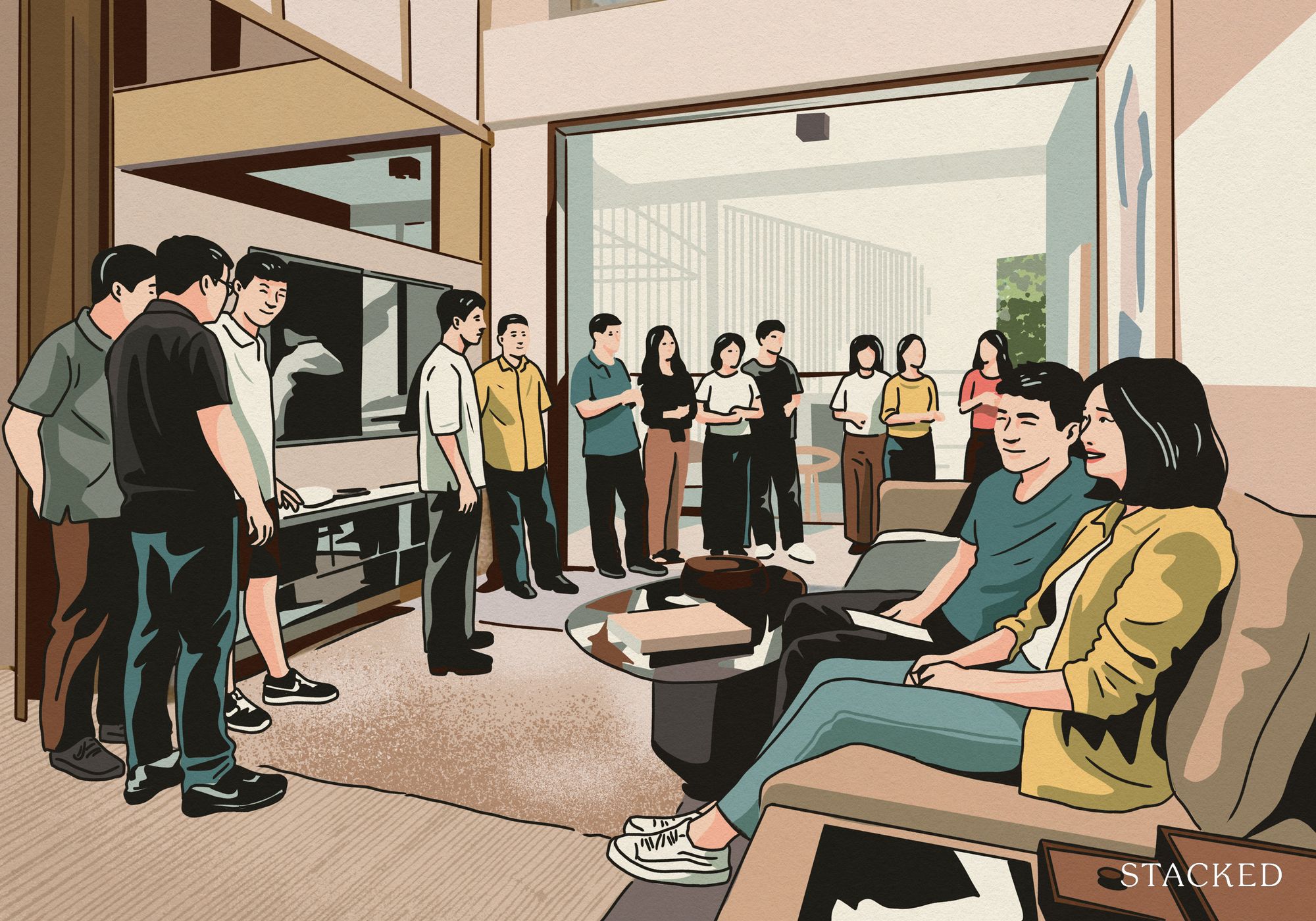
Property Market Commentary 5 Key Features Buyers Should Expect in 2026 New Launch Condos
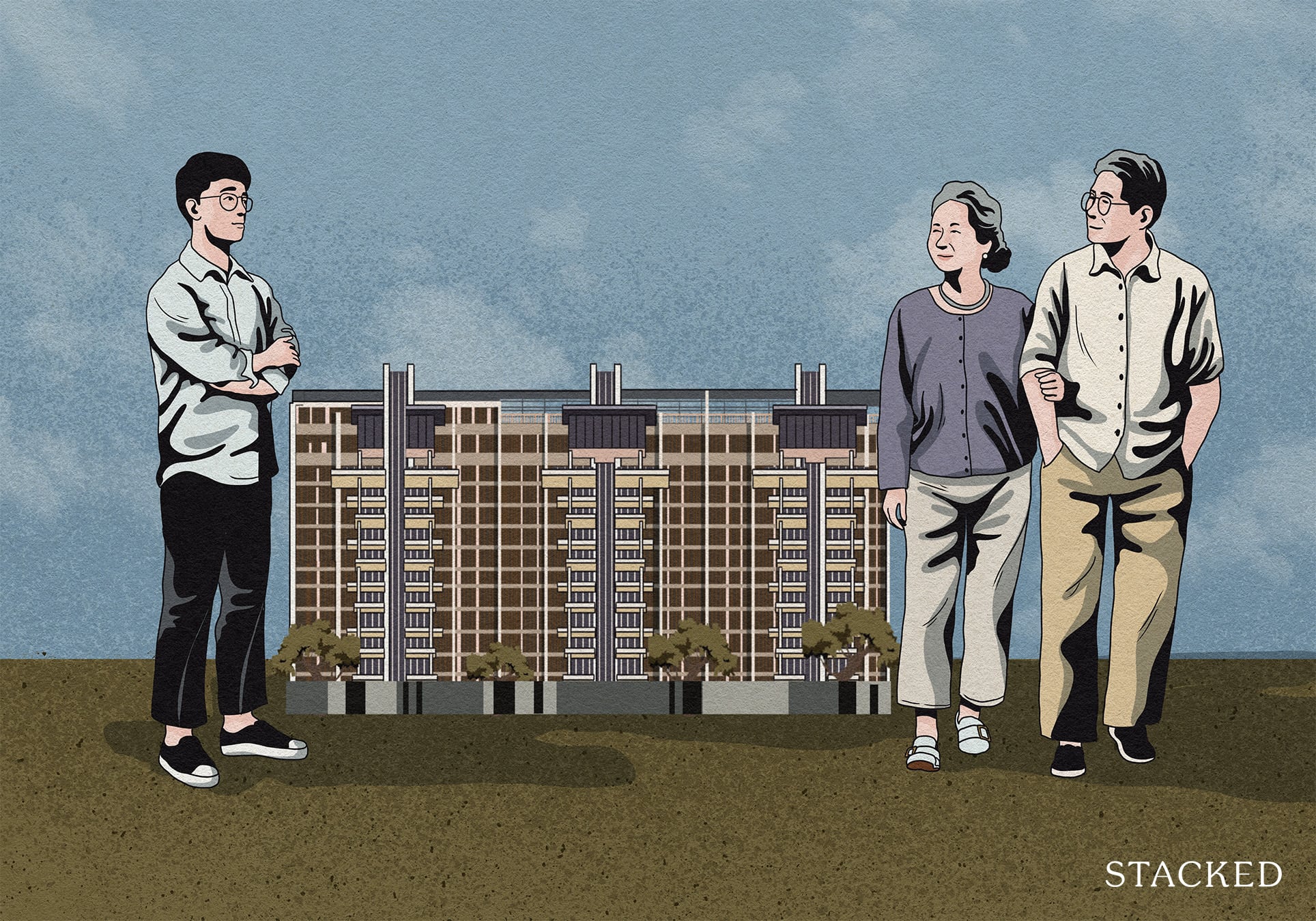
Editor's Pick What “Lucky” Singaporean Homebuyers Used To Get Away With — That You Can’t Today

Singapore Property News CapitaLand–UOL’s $1.5 Billion Hougang Central Bid May Put Future Prices Above $2,500 PSF
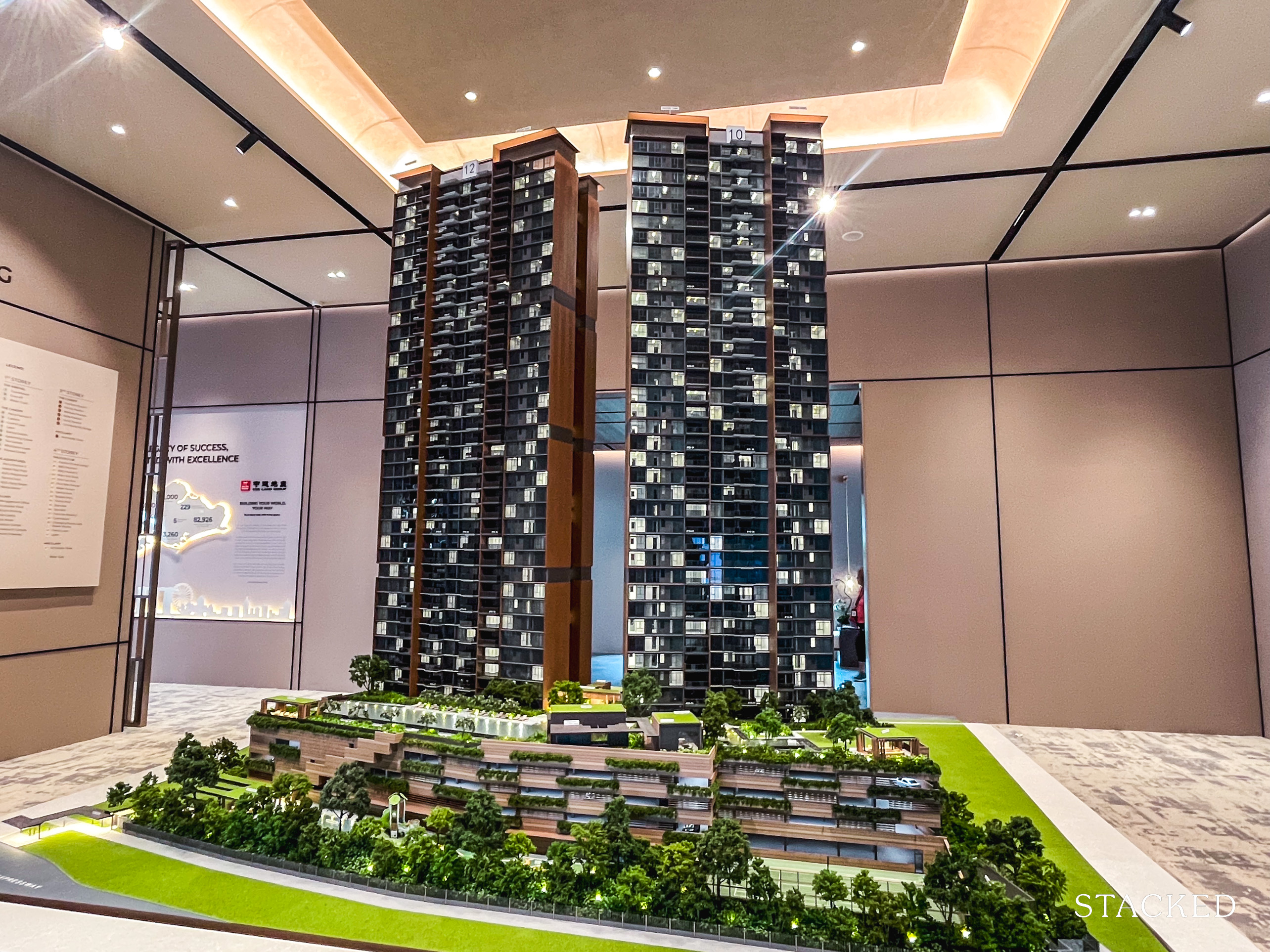
Singapore Property News Why New Condo Sales Fell 87% In November (And Why It’s Not a Red Flag)
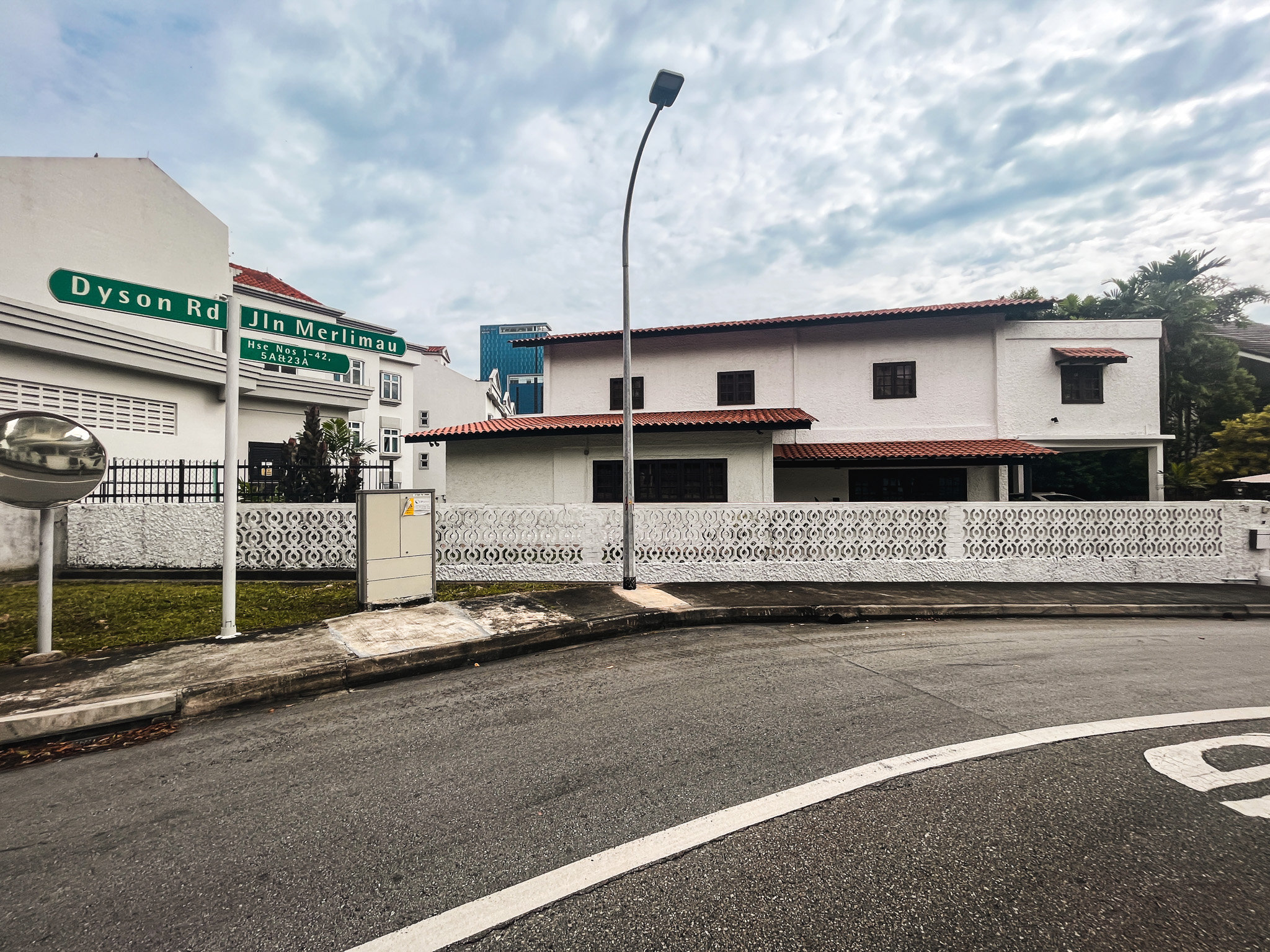
Editor's Pick We Toured A Quiet Freehold Landed Area Near Reputable Schools — Where Owners Rarely Sell
